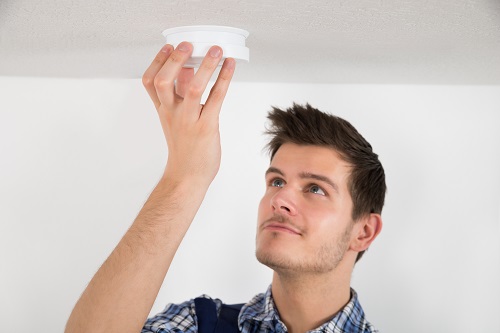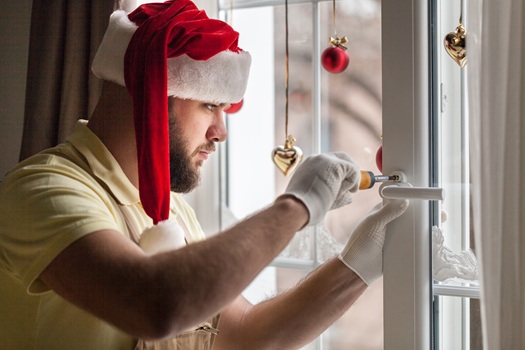
Carbon monoxide detectors play a crucial role in ensuring the safety of your family within your home. Understanding how to properly install these detectors is essential for safeguarding against the dangers of carbon monoxide poisoning. Hiring a handyman is the best option.
In this guide, we’ll delve into the significance of these devices, what carbon monoxide is, the importance of strategic placement and installation of carbon monoxide detectors.
Handyman Tips About Carbon Monoxide Detectors
Understanding Carbon Monoxide
Carbon monoxide, often referred to as CO, is a colorless, odorless gas that is produced when fuels such as gasoline, oil, coal, and wood don’t burn completely. Common sources of carbon monoxide in homes include car engines, stoves, grills, furnaces, and water heaters.
Breathing in carbon monoxide can lead to a range of symptoms, from mild headaches and nausea to more severe effects like confusion, unconsciousness, and even death. Infants, the elderly, and individuals with pre-existing health conditions are particularly vulnerable to its harmful effects.
Significance of Carbon Monoxide Detectors
These specialized devices are designed to alert occupants of the presence of this hazardous gas. Unlike smoke detectors that identify particles in the air, carbon monoxide detectors are sensitive to the levels of carbon monoxide in the surrounding environment. By sounding an alarm when concentrations of carbon monoxide reach dangerous levels, these detectors provide early warnings that can save lives.
Strategic Placement for Maximum Protection
Proper placement of these devices is essential for ensuring their effectiveness. Handyman Conway offers key considerations for placing these detectors in your home:
 Coverage on Every Level: Install at least one detector on every level of your home, including the basement. This ensures that any potential sources of carbon monoxide emissions are promptly detected.
Coverage on Every Level: Install at least one detector on every level of your home, including the basement. This ensures that any potential sources of carbon monoxide emissions are promptly detected.
Proximity to Bedrooms: Position detectors near sleeping areas, such as hallways outside bedrooms. This helps ensure that the alarm can be heard even when occupants are asleep.
Optimal Mounting Height: Mount detectors on the wall, a few feet below the ceiling. If your detector has a digital display, position it at eye level for easy reading. Be mindful of the presence of pets and children to prevent tampering.
Avoiding Heat and Humidity: Keep detectors away from direct sunlight, as well as heat-generating appliances like stoves and heaters. Additionally, avoid placing them in areas of high humidity, such as bathrooms and laundry rooms.
Open Visibility: Detectors should be placed in open areas, free from obstructions like curtains or furniture that could block the detection of carbon monoxide.
Garage Placement: If your home has an attached garage, install a detector within 10 feet of the door leading into the house. This helps monitor any potential carbon monoxide emissions from vehicles in the garage.
Regular Testing and Replacement: Ensure easy access to detectors for testing purposes. Test your carbon monoxide detectors every six months and follow the manufacturer’s recommendations for replacement, typically every five years.
By adhering to these guidelines and carefully considering the placement of your carbon monoxide detectors, you’re taking significant steps toward protecting your family from the hidden dangers of this gas. Let a handyman in Conway SC install this device for you to make sure that it’s done properly the first time around.
Prioritize the safety of your home by making these devices an integral part of your household safety measures. Call Handyman Conway now.
Like our Facebook page for more information about our services.
Handyman Conway
Conway, SC 29526
843-353-6154
info@handymanconway.com
http://handymanconway.com/


No comments:
Post a Comment